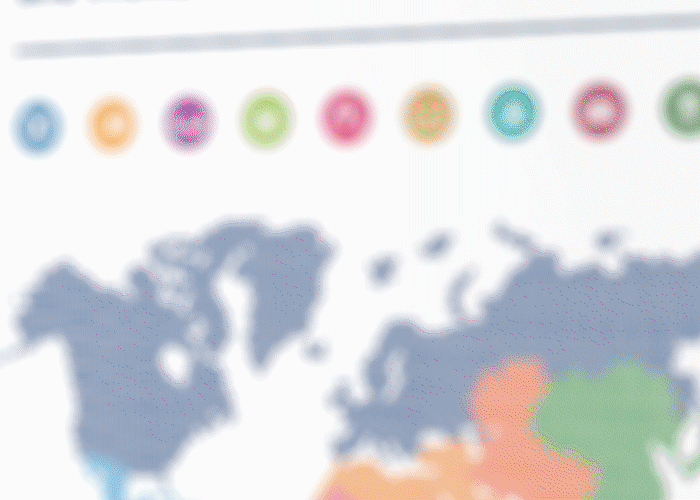
GCED Basic Search Form
Quick Search
You are here
News
New report aims to help countries produce and use the global and thematic indicators
The need for accurate, current and comparable data on education has never been more urgent, with the prospects of reaching Sustainable Development Goal 4 – a quality education for all by 2030 – far from certain.
According to the UNESCO Institute for Statistics (UIS), about 258 million children, adolescents and youth are out of school. The data confirm recent projections showing that, without a shift from ‟business as usual”, one in every six children aged 6 to 17 will still be out of school in 2030 and only six out of ten youth will complete secondary education.
The data also highlight the urgent need to improve the quality of education on offer. According to UIS estimates, 55% of children and adolescents of primary and lower secondary school age are not achieving minimum proficiency levels in reading and 60% are not reaching these levels in mathematics.
The 2019 edition of the SDG 4 Data Digest reinforces the need for the robust data that are crucial to reach the global education goal. It provides a panoramic view of the current development of the SDG 4 monitoring framework, including proven methodologies for data collection and reporting at the international, regional and national levels. The new report, entitled How to Produce and Use the Global and Thematic Education Indicators, was launched today in Paris during the UNESCO General Conference. The report is currently available in English with French and Spanish versions forthcoming.

Support for countries
Countries are under intense pressure to produce education data for a wide range of indicators: the 11 indicators used to monitor global progress towards SDG 4, plus the set of 32 thematic indicators to better support policymaking.
In response, the Digest presents practical methodologies and strategies that draw on existing information to produce accurate statistics, while highlighting the steady progress on their development and use, thanks to the concerted efforts of governments and other partners worldwide. These efforts are supported by the UIS, which works to build consensus on data across countries through the Technical Cooperation Group (TGC) on the Indicators for SDG 4.
The first section of the Digest explains how countries can produce and report the national data needed for the 11 global monitoring indicators. This sets the stage to present the methodologies used to produce the 32 thematic indicators.
The Digest also presents a series of regional initiatives to monitor progress towards SDG 4. The section provides insight on how countries in different region are striving to make the greatest possible use of existing data while developing new indicators and frameworks to support critical areas for policymaking.
Get the education data you need in the format you want!
As the custodian agency for SDG 4 indicators, the UIS offers a range of data products to meet the needs of users. Key products include:
- UIS Global Education Database covers all levels of education for more than 200 countries and territories.
- SDG 4 Data Tables can be easily downloaded in different formats.
- SDG 4 Data Explorer displays data by country, region or year; by data source; and by sex, location and wealth. Users can explore measures of equity that are crucial for the achievement of SDG 4.
- SDG 4 Country Profiles present the latest results for countries in easy-to-understand charts and graphs.
- eAtlas for Education 2030 features interactive maps and charts of the global and thematic indicators.
URL:
